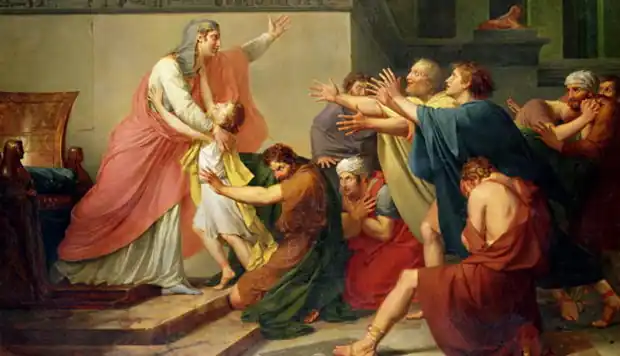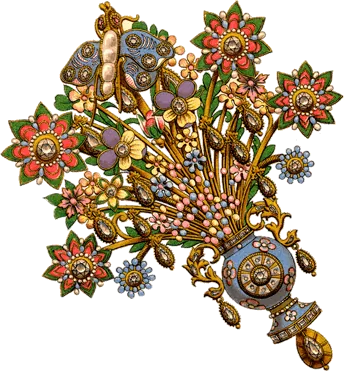In the beginning of Genesis 44, Joseph frames his brothers, accusing them of a crime that they did not commit. Joseph commands his servant to plant false evidence. But there is more to this story than what meets the eye.
The Silver Goblet
Then he commanded the overseer of his house, saying, “Fill the men’s sacks with food, as much as they can carry, and put each man’s money into the mouth of his sack. And my goblet, the silver goblet, put into the mouth of the sack of the youngest, and his purchase money.” And he did according to Joseph’s word, which he had spoken. The morning became light, and the men were sent [on their way] they and their donkeys. They had exited the city, but had not gone far when Joseph said to the overseer of his house, “Get up, pursue the men, and when you overtake them, say to them, ‘Why have you repaid good with evil? Is not this the one my master drinks from? Why, he even divines with it! You have done evil by the way you have acted.’” Genesis 44:1-5
This week’s parsha contains an incident that gives us a great deal of insight. In the beginning of Genesis 44, Joseph frames his brothers, accusing them of a crime that they did not commit. Joseph commands his servant to plant false evidence. This is the pshat (literal meaning) of the text, but there is a great deal more to it.
Part of the evidence that is planted on the children of Israel is a goblet, or a cup. But it is far more than just a cup. Joseph, the interpreter of dreams, uses this cup for divination. The root of this term, translated divination, is נחש. It is a term filled with meaning in Torah. This term indeed does mean divination, it also means snake or serpent and is found in the Genesis story of the Garden. This root that also means copper or bronze, materials used in the Mishkan. It is also used in the description of the standard through which the children of Israel are healed from a plague in the desert.
In the Book of John, Yeshua equates himself to the bronze serpent (נחש) in the wilderness: “Just as Moses lifted up the snake in the wilderness, so the Son of Man must be lifted up (Jn. 3:15).” It is quite a puzzlement that one word can be used to describe something as being completely contrary to Torah, as in the serpent in the Garden, and the same term can be used to describe an object leading to incredible blessing for the children of Israel, as in the healing against the fiery serpents in the wilderness and Messiah himself. The very essence of these ideas seems completely contradictory, and therein lies the lesson.
The sages teach the idea that something may seem evil, and turn out to be good. Extending the metaphor, we see in this concept, the rectification of opposites, the definition of shalom. The serpent standard in the desert certainly has the appearance of an idol, yet through it, the children of Israel are healed. This seems contradictory. The goblet planted on the children of Israel to frame them is part of a plot that seems devious, and yet, the ultimate outcome is good.
The appearance of evil is not necessarily bad. This serpent in the Orchard led to mankind having free will. The serpent standard in the desert healed the children of Israel from a plague. It is through the rectification of these opposites that we see the peace of Hashem. This is one of the great purposes of Messiah Yeshua.


